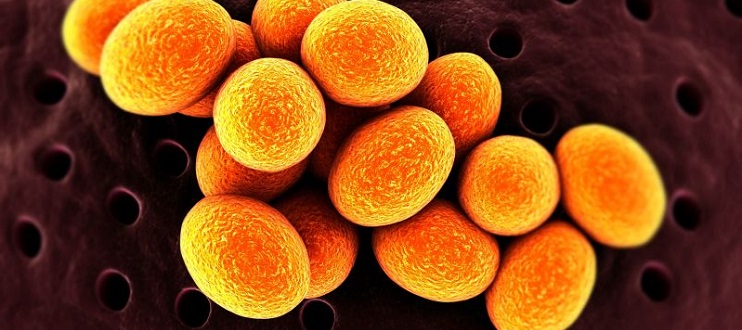

 Back to Suggested Publications
Back to Suggested Publications

"Factors Affecting Staphylococcus aureus Colonization of the Nasopharynx in the First Six Months of Life", the article recently published on PIDJ
Summary
Staphylococcus aureus (SA) infections have shown a dramatic increase in the past decade. The burden of infection due to methicillin-resistant strains of SA (MRSA) is significantly more evident in children compared with other age groups.
A large number of studies have been conducted to assess MRSA nasal colonization in children Infants are known to be colonized with SA soon after birth. The known risk factors for infant SA colonization include breastfeeding, number of household members, low birth weight, early gestational age at birth, indwelling catheters, and duration of antibiotic or ventilator days.
In this prospective study, data on monthly nasopharyngeal bacterial cultures in the first six month of life from a prospective cohort of infants were analyzed to determine the pattern of acquisition of SA and its relationship with host and environmental factor, as well as interaction with Streptococcus pneumoniae (SP), nontypeable Haemophilus influenzae (NTHI) and Moraxella catarrhalis (MC).
1765 nasopharyngeal swabs from 367 infants were analyzed on bacterial cultures; children were followed from birth to 6 months of age. Demographic, breastfeeding, cigarette smoke exposure and daycare attendance data were collected at each monthly visit.
SA colonization of nasopharynx begins very early in life and declines quickly. MRSA has lower ability to maintain prolonged colonization status than methicillin-susceptible strains in the first 6 months of life. As the nasopharynx is colonized with other respiratory bacterial pathogens, the colonization with SA declines; however, this effect is stronger with Gram negative bacteria such as NTHI and MC.